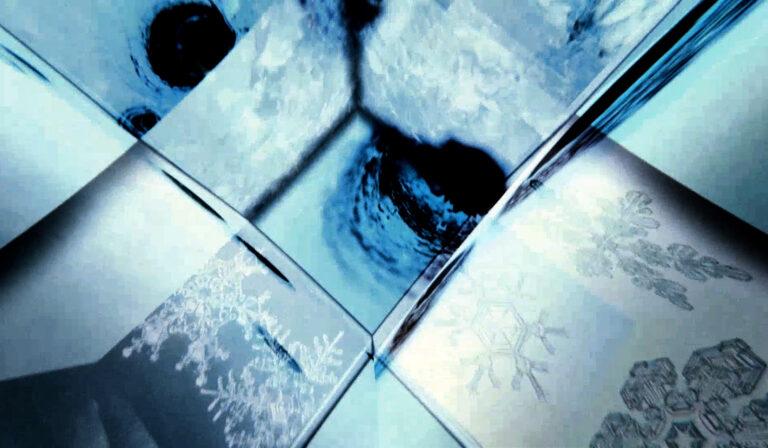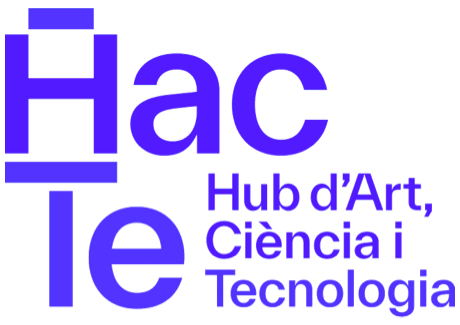'Artist talk'
Online Presentation
Artist talk / Navigating the 4D Space-Time of Climate Change “TesserIce”

- Abstract: The perception of the four-dimensional tesseract from three-space relies on motion, lending it an inherently cinematic nature. Virtual reality is uniquely positioned to visualize four-dimensional, cinematic space. The three-dimensional, time-based space and embodied navigability of virtual reality creates a supradimensional media space, providing an opportunity to experience higher-dimensional landscapes and acoustic, cinematic environments from within the fourth dimension. TesserIce is a four-dimensional, VR mediascape that utilizes this feature, allowing participants to enter the 4D space-time of glacial ice. The mediascape constructs an embodied cine-poem examining the effects of climate change in which participants propel themselves through the space-time of Earth’s polar ice. The stark imagery of ice serves as a distinct access point into the overwhelming complexity of climate change and its ramifications, creating an embodied experience of climate change’s time, scale, causes, and effects.
- Biography: Jared Christopher Kelley draws connections between digital simulations and their physical counterparts. Utilizing the desire, mechanisms, and far-reaching implications of achieving immortality through exponential advances in biotechnology and digital simulation, he creates works that connect, conduct, tunnel, and bridge the space between virtual and physical worlds, contemplating this restless “space between” as a psychological membrane used to transit freely between the virtual and physical. His performances and exhibitions include the Museum of Contemporary Art of Georgia, Roman Susan, and Gallery 400, and internationally in Australia and South Korea, including CICA Museum Gimpo.
Max Orozco is a designer and creative technologist exploring human-centered applications of engineering. Utilizing Computer Vision, Augmented/Virtual Reality, Deepfakes, and IoT, Orozco’s work focuses on human-computer interaction, healthcare, and creative problem-solving. Orozco’s background is in academic neuroscience where for seven years he used MRI techniques to discover new insights into the developing brain. He’s had the privilege of working with brilliant minds in science. He continues to apply the same academic rigor to the applied research of emerging technologies.
Clea T. Waite, Ph.D. is an intermedia artist, scholar, engineer, and experimental filmmaker whose artworks investigate the material poetics that emerge at the intersection of art, science, and technology. She creates immersive, cinematic works engaging embodied perception, dynamic composition, and sensual interfaces – as well as one inter-species collaboration with several hundred tropical spiders. Her themes examine climate change, astronomy, particle physics, history, feminism, and popular culture. Waite received her Ph.D. at the University of Southern California in interdisciplinary Media Arts + Practice, combining a background in physics and computer graphics from the MIT Media Lab with her current research in cinema, media art, and critical theory. She brings a unique blend of expertise to her projects from which cross-disciplinary synergies emerge.
Caleb Foss (they/them) is an artist who explores power dynamics embedded in familiar media technologies. They make games, apps, videos, digitally-fabricated objects, and multimedia performances. Foss’ methods draw from amusement parks and magic tricks. They earned their BFA in Film at SUNY Purchase and their MFA in New Media Arts at University of Illinois at Chicago. Their work has been showcased in film festivals including Chicago Underground, Imagine Science (Brooklyn), and FRACTO (Berlin) as well as Hand Eye Society’s WordPlay Festival for writing in games (Toronto). Foss is a Professional Lecturer in the School of Design at DePaul University in Chicago.
⟵ Return to 'Artist talk'





